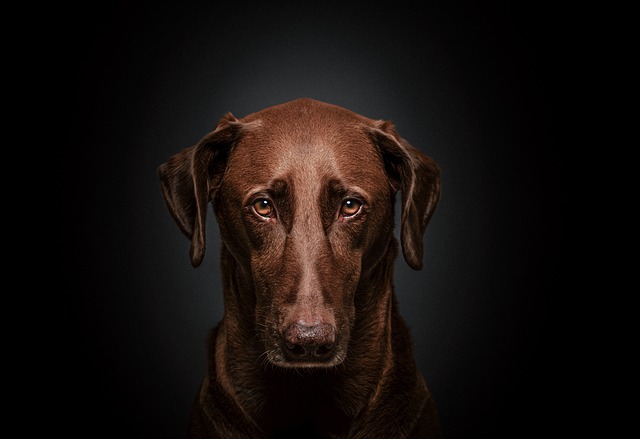
How to guide your dog to urinate and defecate outside?
Puppy pads scattered across the kitchen, a surprise pile behind the couch, the frantic scramble to clean before guests arrive—house-training struggles feel universal.
That image of a dog happily guarding a farm may dance in your head, but modern "outside dog" training demands more than a bowl and a doghouse. Let’s be clear: ethically keeping a dog primarily outdoors hinges on meeting their physical and psychological needs while respecting community standards. Isolation breeds problems—think incessant barking at suburban squirrels or escaping to chase mail trucks. True outdoor dog training prioritizes safety, stimulation, and connection. Ethology confirms dogs are social creatures; leaving them perpetually alone violates animal welfare principles and could trigger legal intervention in states like Oregon with strict anti-neglect laws.
Scientifically, success starts with environment design. Transform your yard into a secure, enriching space before teaching commands. Install dig-proof fencing (embed wire mesh 2 feet deep for escape artists), provide insulated shelter with shade and windbreaks (avoid unventilated plastic kennels that become saunas), and offer puzzle toys like frozen Kongs to combat boredom. Training leverages positive reinforcement methods—never physical corrections. When teaching boundary awareness, mark your dog’s voluntary retreat from the fence line with high-value rewards like turkey bites. For reliable recall, use a 30-foot long line in safe zones; celebrate every return with playtime. Redirect natural behaviors: bury beef bones in a designated sandpit to satisfy digging urges. Remember: A mentally engaged dog is a well-behaved dog.
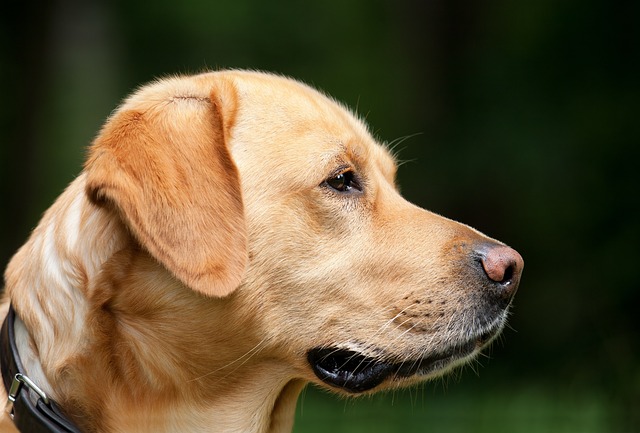
Daily engagement is non-negotiable. Dedicate focused sessions to skills like "place" (settling on a weatherproof cot) or door manners. Leashed walks beyond the yard provide critical socialization—opt for a front-clip harness for gentle control. Adapt to local hazards: in rattlesnake-prone areas like Arizona foothills, train "leave it" using scent tubes; in snowy regions, apply paw wax before outdoor drills. Always ensure fresh water—heated bowls prevent winter freezes, and shaded stations avoid summer scalding.
Now, the legal and social essentials. Outdoor dog regulations universally require rabies vaccinations—expect $300+ fines in counties like Cook County, IL, for lapses. License tags must be visible. Yard maintenance matters: scoop waste weekly to prevent parasite outbreaks and neighbor disputes (cities like Seattle fine for "noxious odors"). Noise ordinances are fiercely enforced; a dog barking over 20 minutes in Los Angeles suburbs can prompt $500 citations. Culturally, visible neglect—chain spots without shelter, matted fur, or algae-filled water bowls—may spur humane society investigations. For homes with shared spaces: leash dogs near property lines, avoid early/late training near bedrooms, and always carry cleanup bags—even on your lawn if it borders sidewalks.
Training an outside dog isn’t about exile—it’s about creating a secure, engaging haven. Consistent bonding and smart environmental design prevent problems before they start. When done right, your yard becomes a joyful domain for a content, well-mannered companion who thrives as part of your life—not apart from it.

Puppy pads scattered across the kitchen, a surprise pile behind the couch, the frantic scramble to clean before guests arrive—house-training struggles feel universal.

It’s a familiar morning scene for many new dog owners: you walk into the kitchen to find your pup’s nose buried in the trash can, cereal boxes torn open and banana peels scattered across the floor.
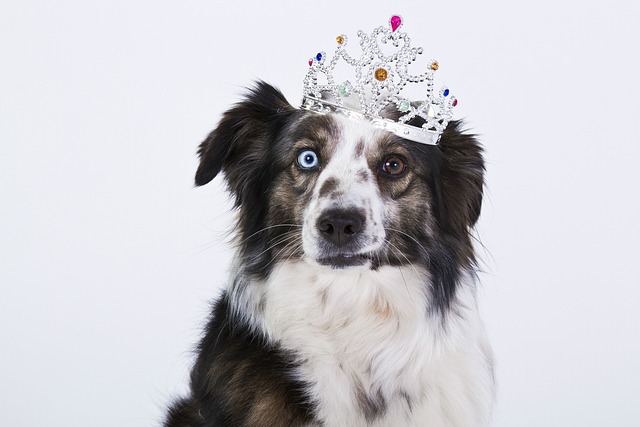
Watching a tiny Yorkie or Chihuahua dart toward the door instead of squatting on the rug feels like a win—but getting there takes time, and every pup moves at their own pace.
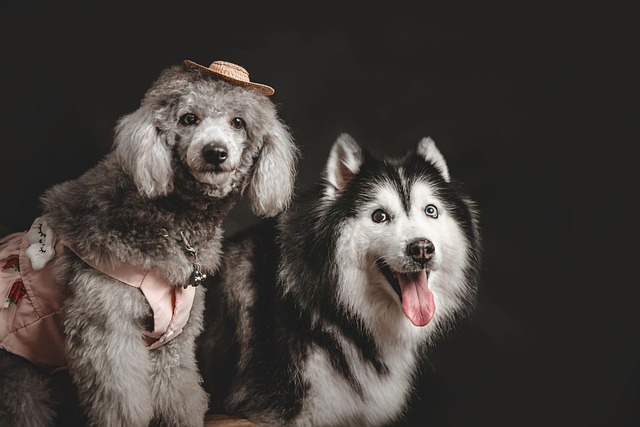
Puppies have tiny bladders, and when you live in an apartment with no yard or during harsh winters that make outdoor trips tricky, indoor potty training becomes a necessity.
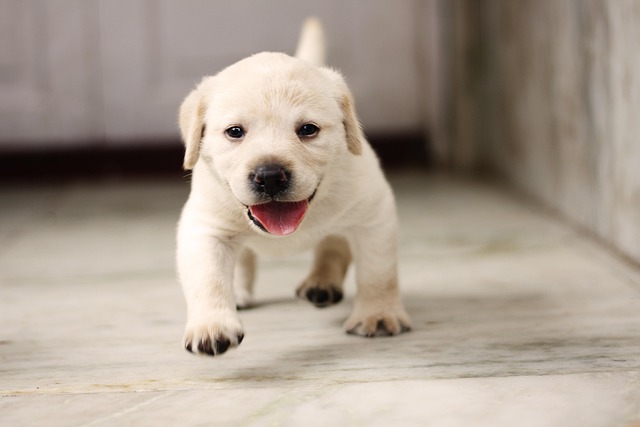
Many new dog parents see agility videos—dogs zipping through tunnels, leaping over hurdles—and think, “We could never do that at home.”
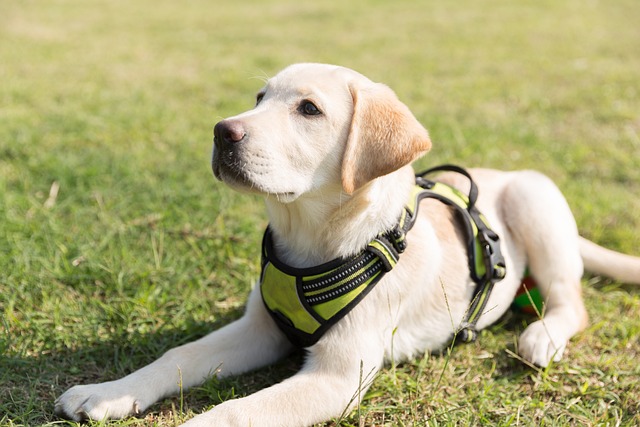
Ever called your dog in the park, only for Fido to pretend he’s suddenly deaf? Or struggled to get him off the sofa when guests arrive? You’re not alone.